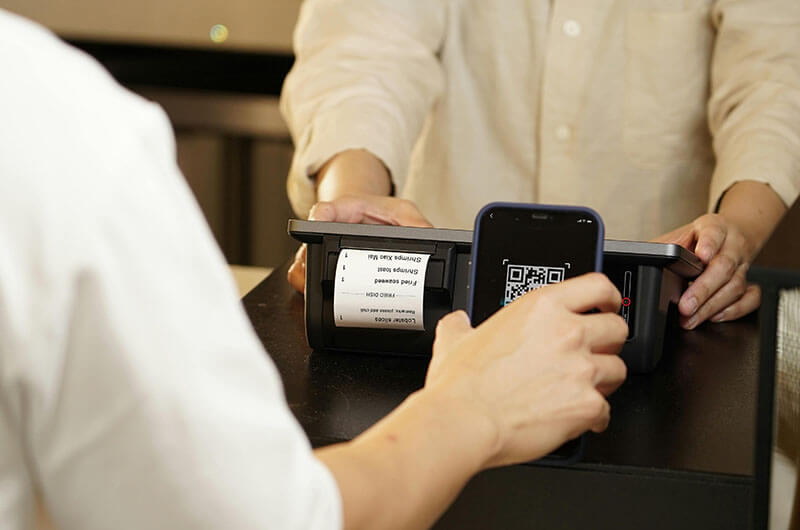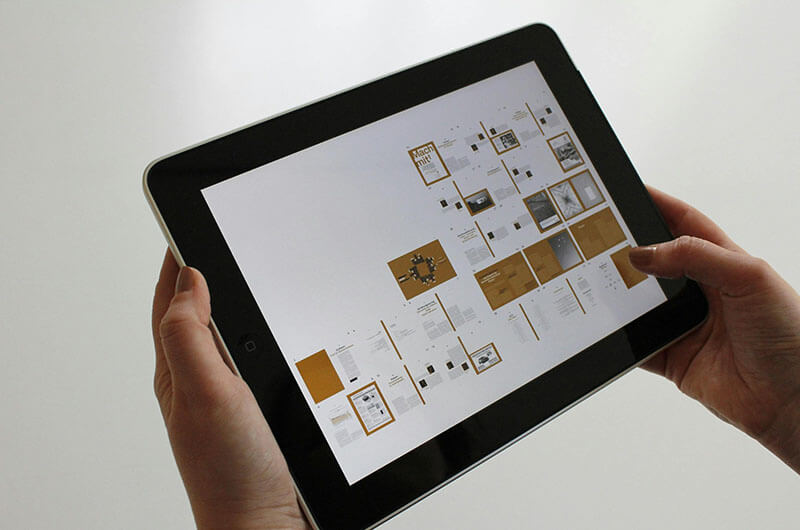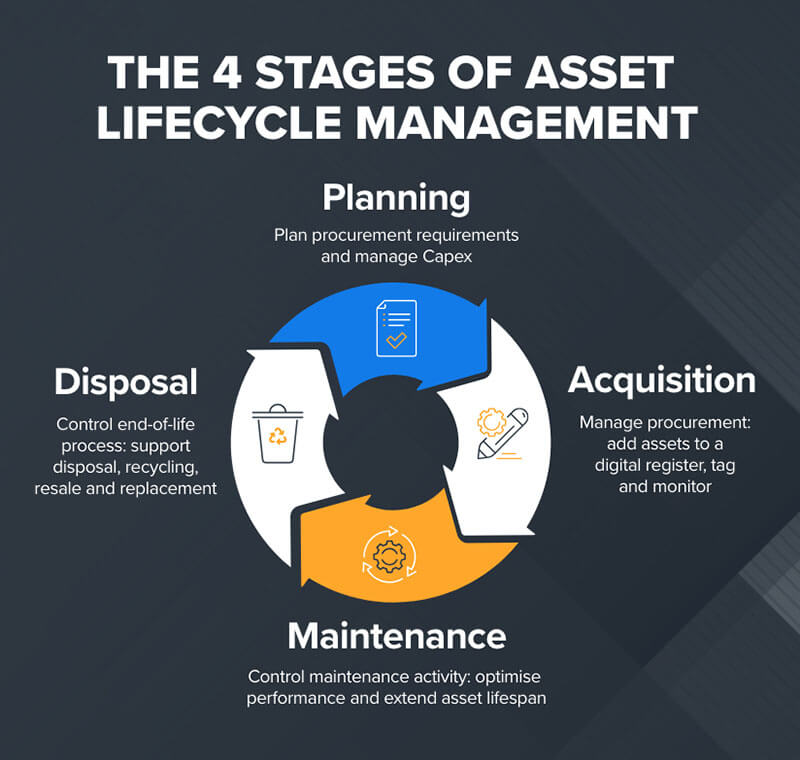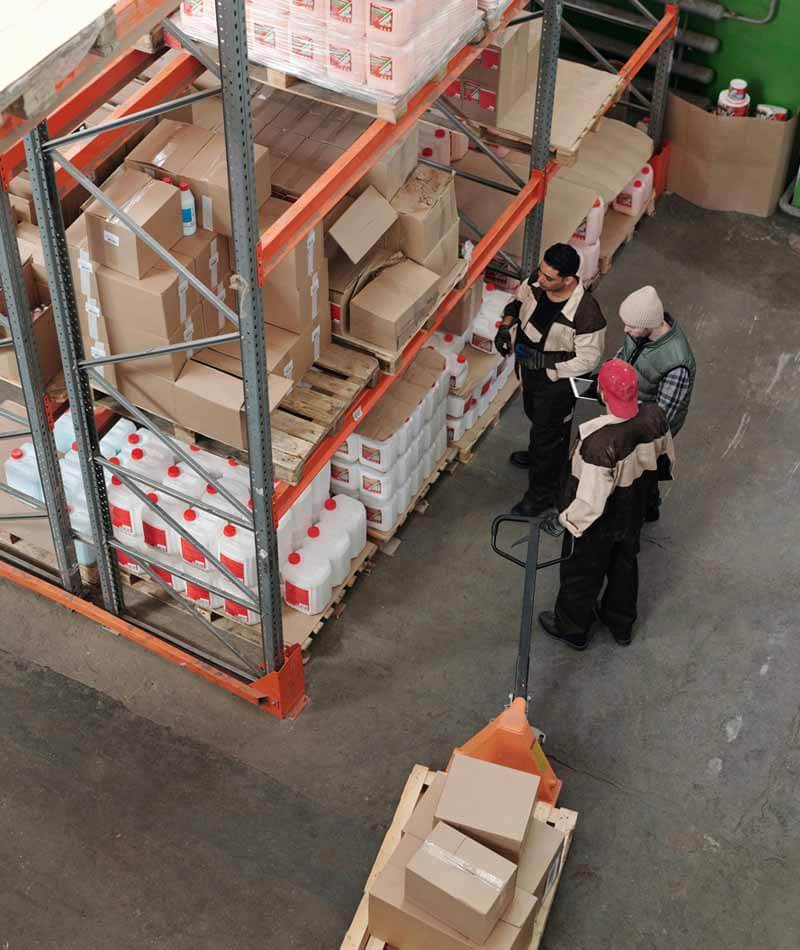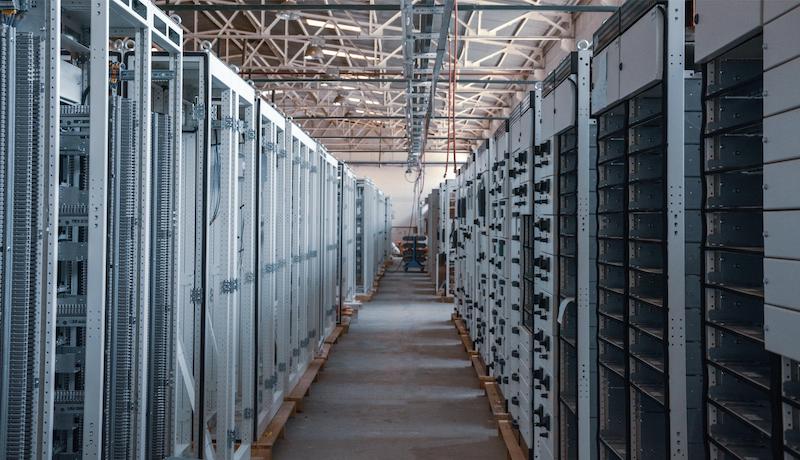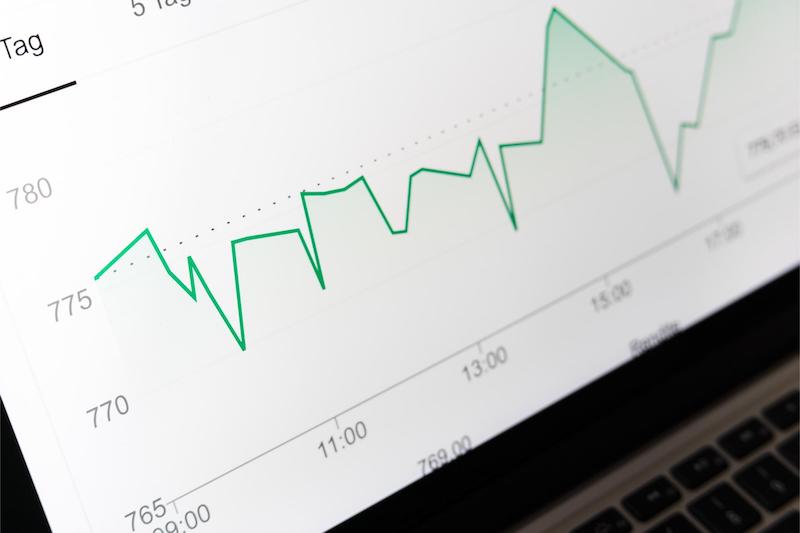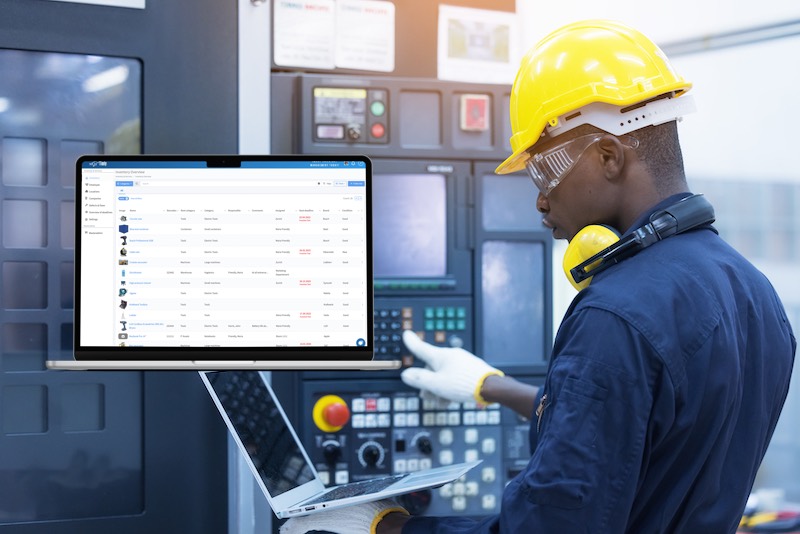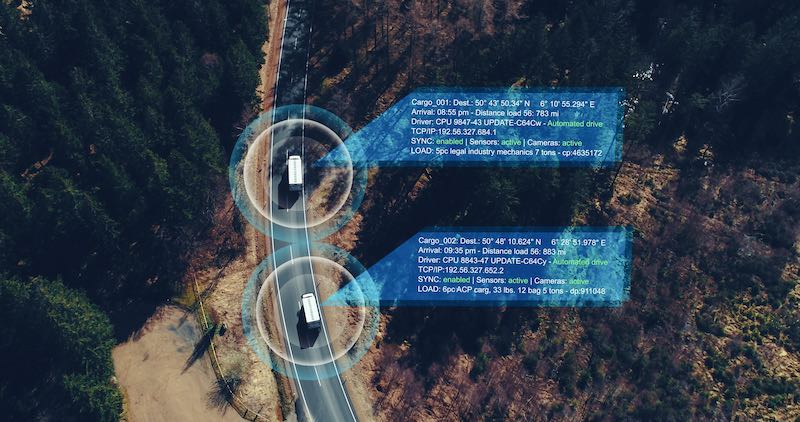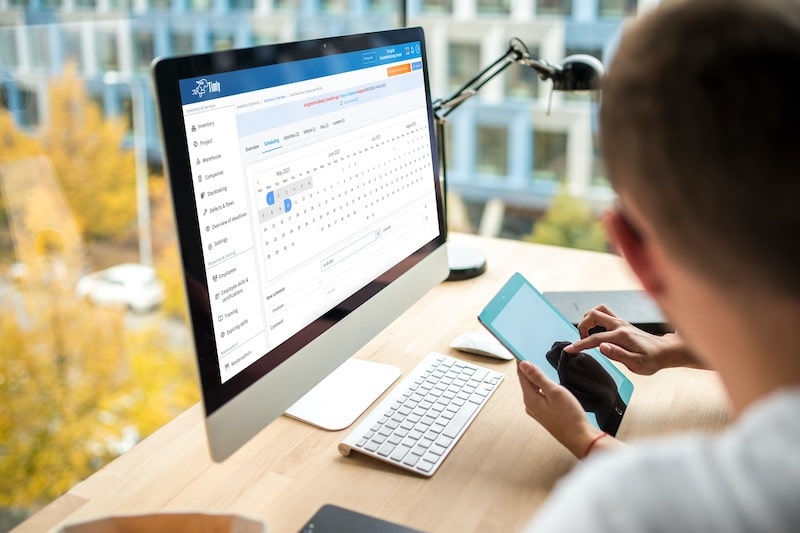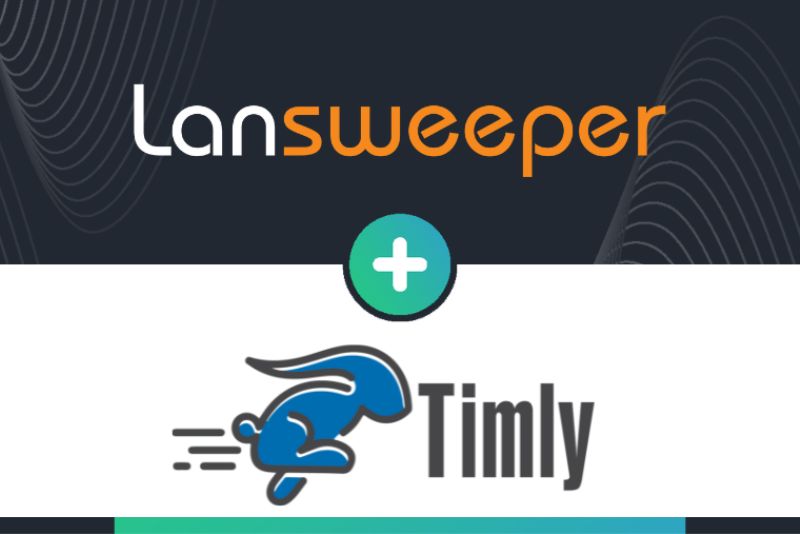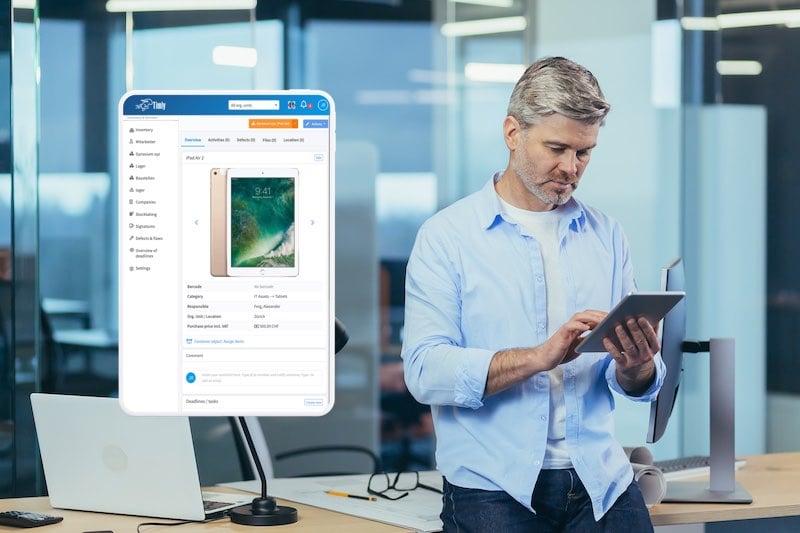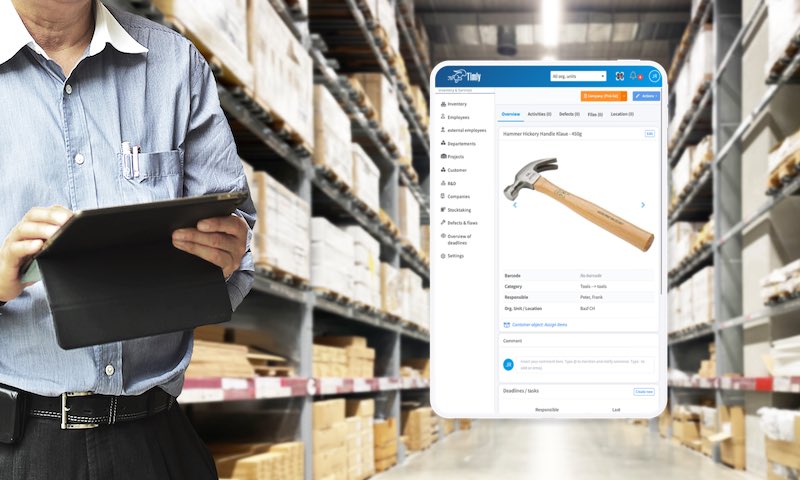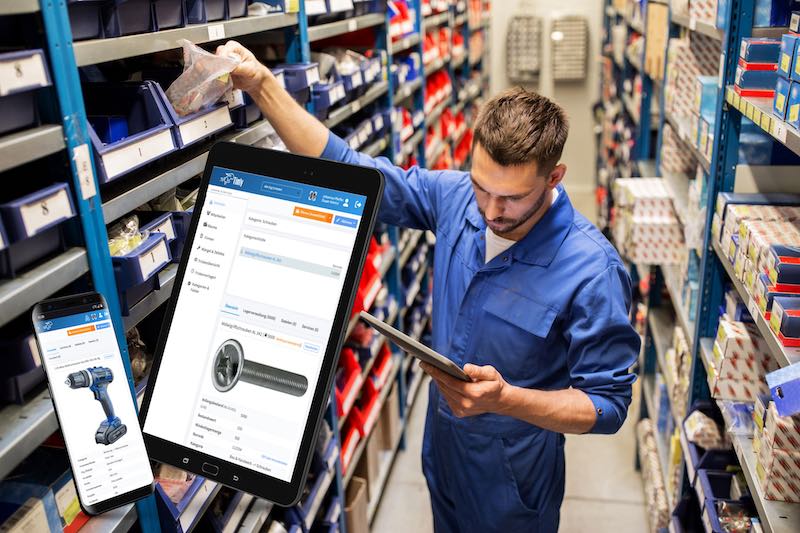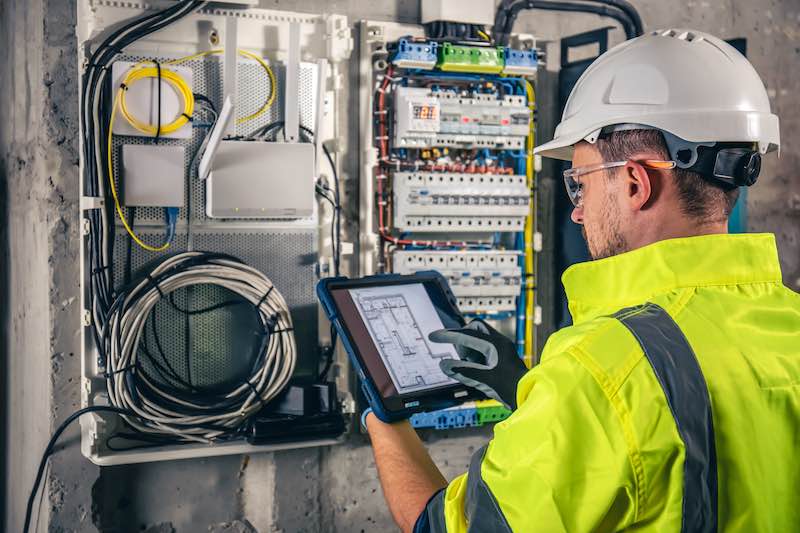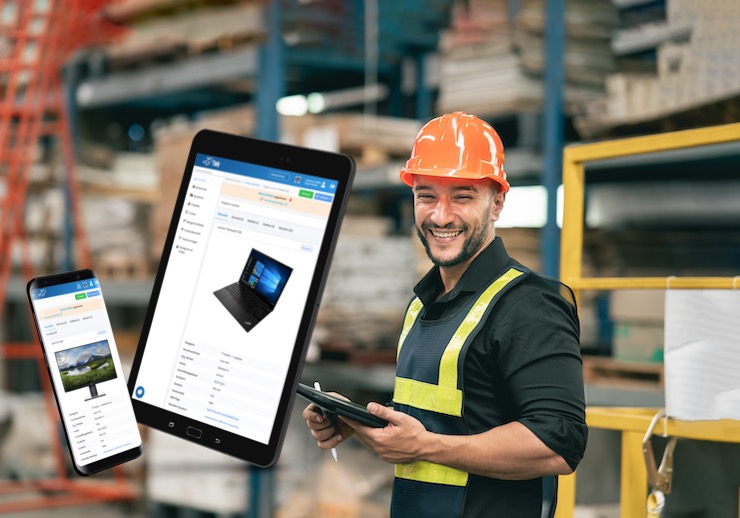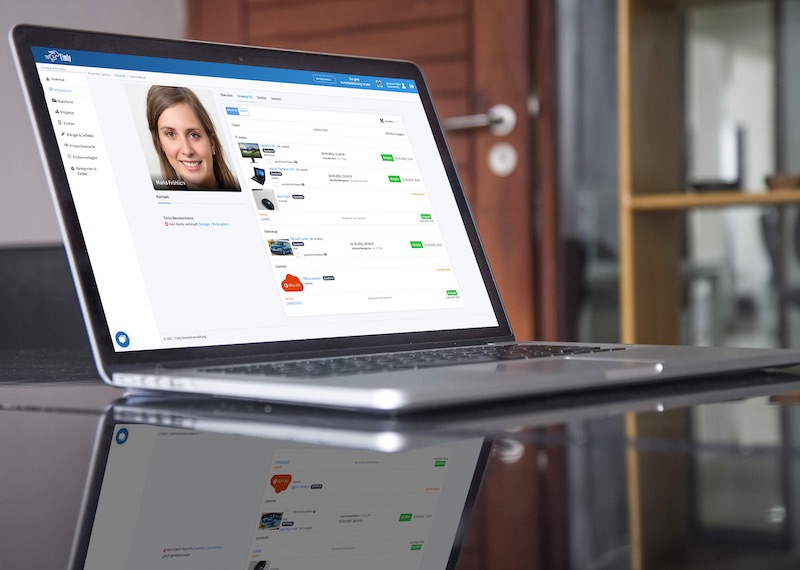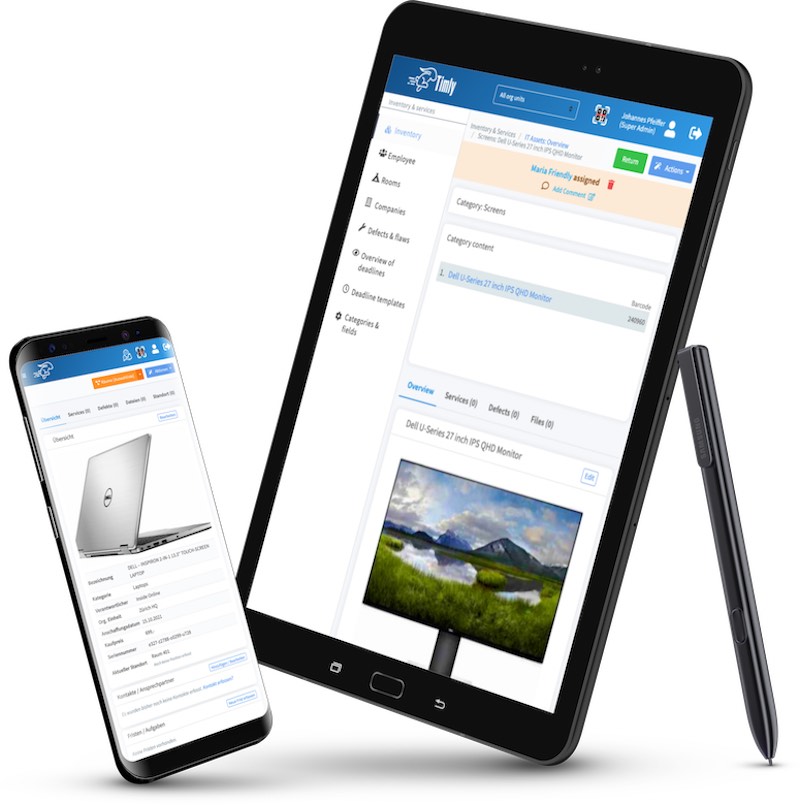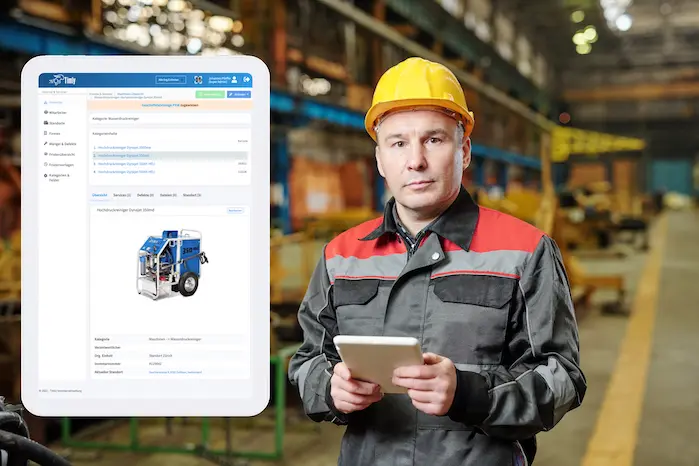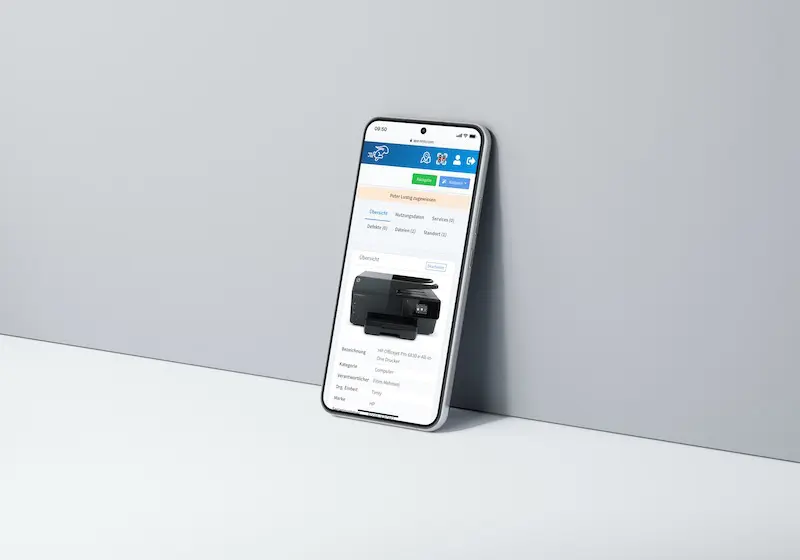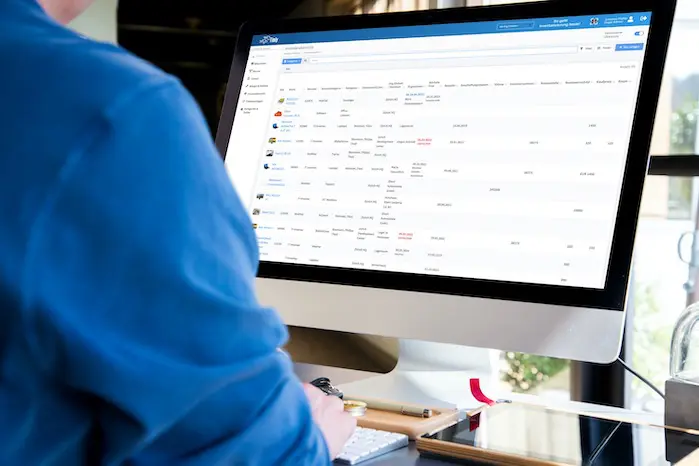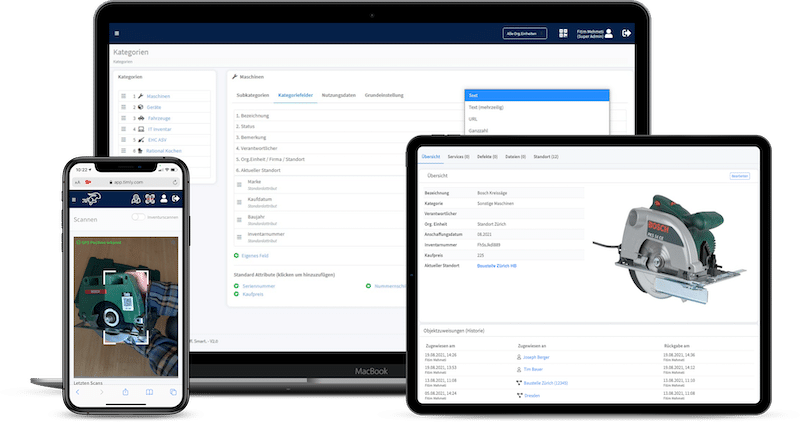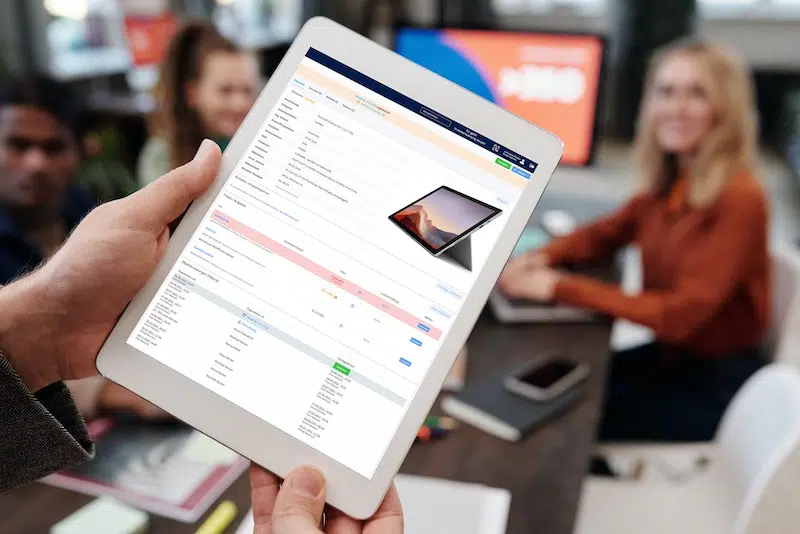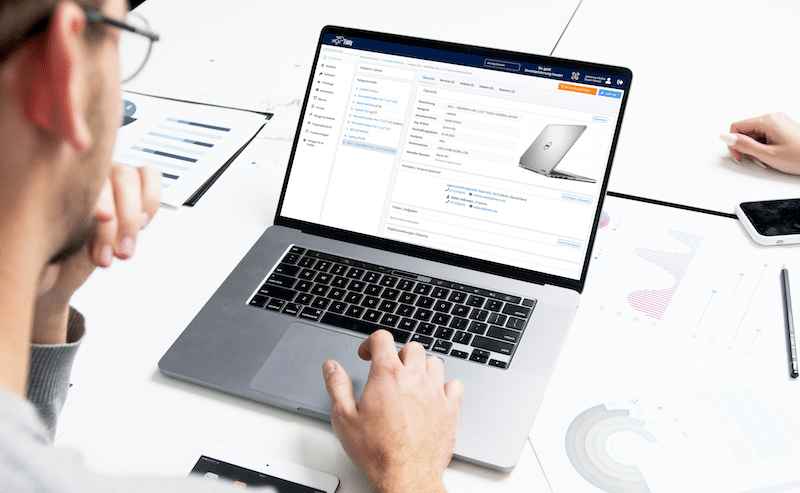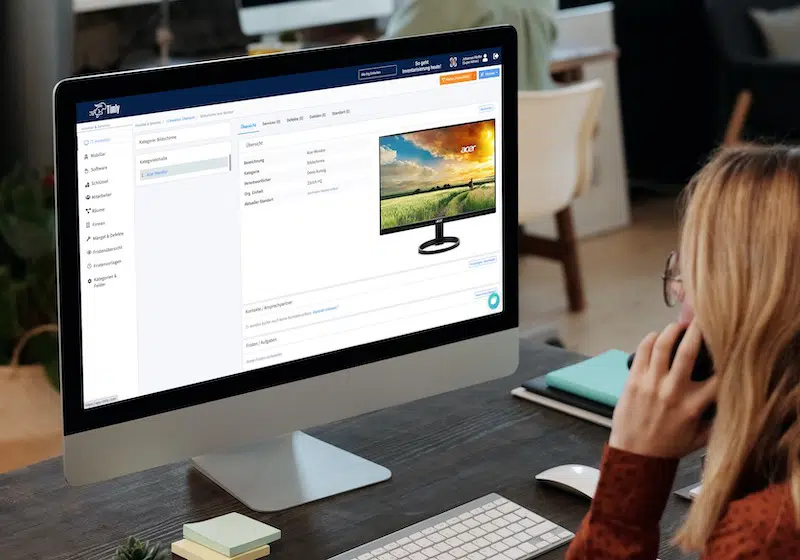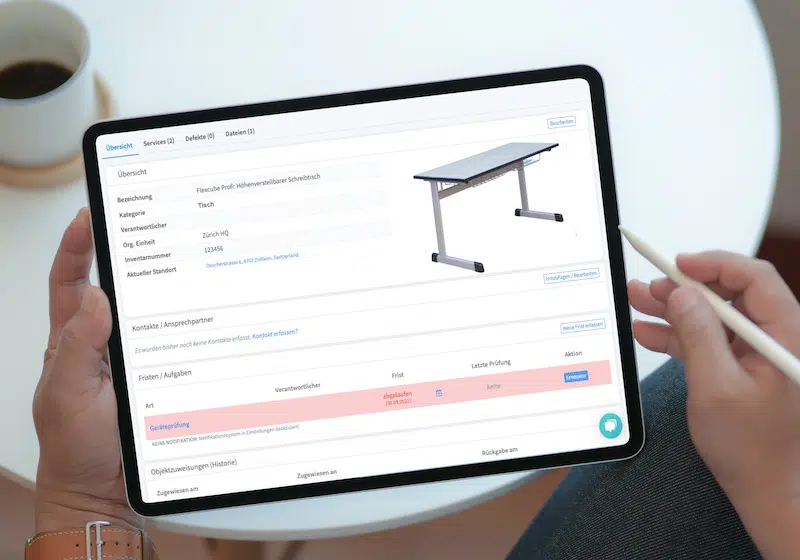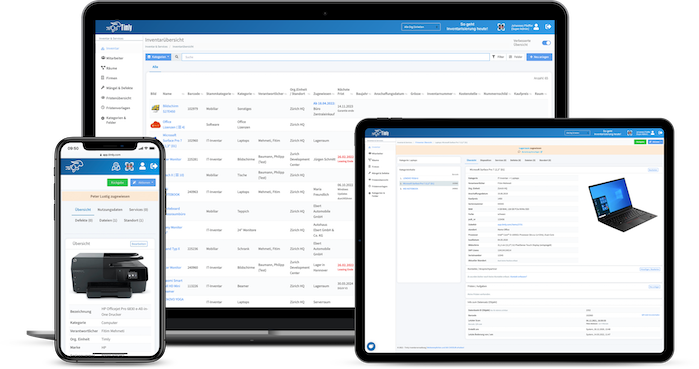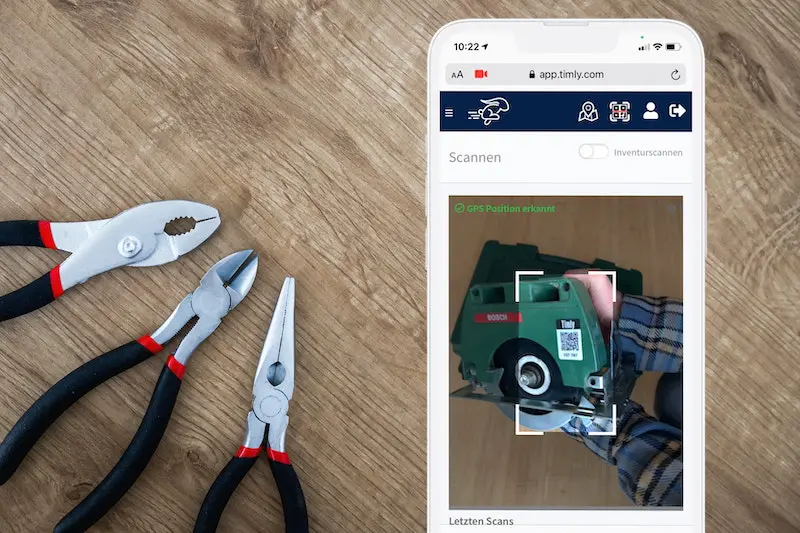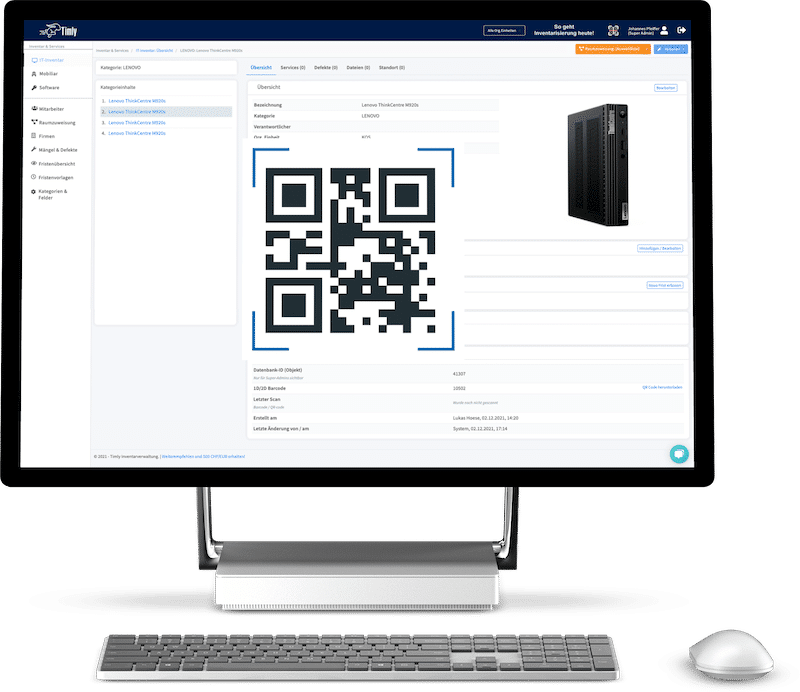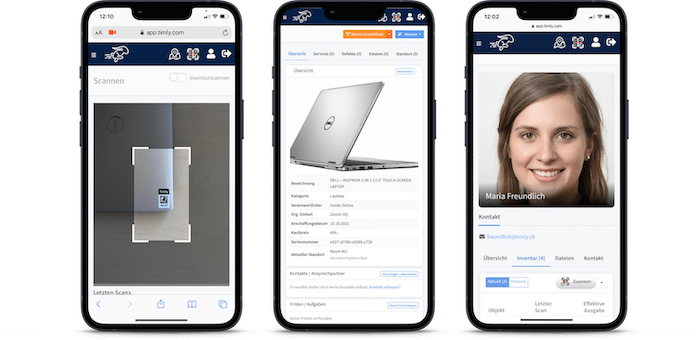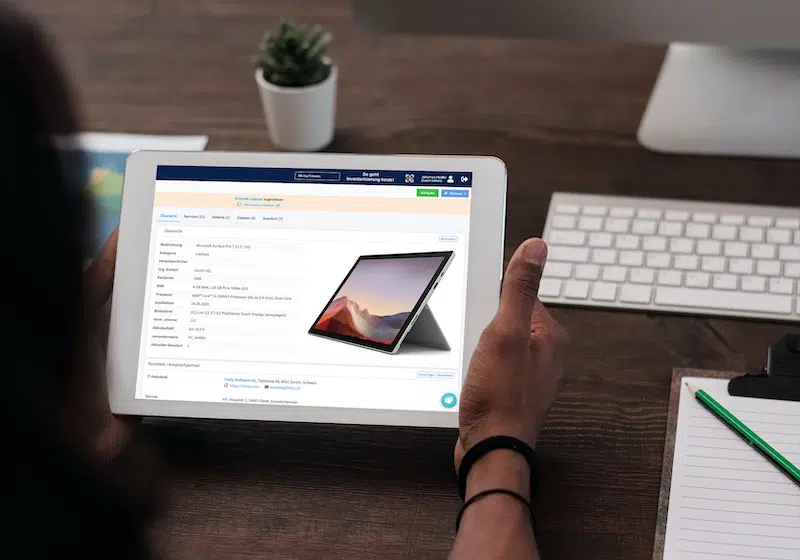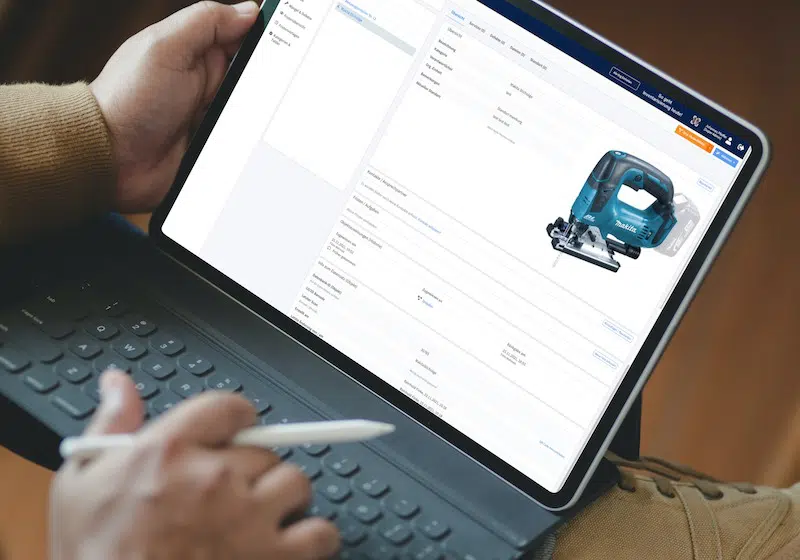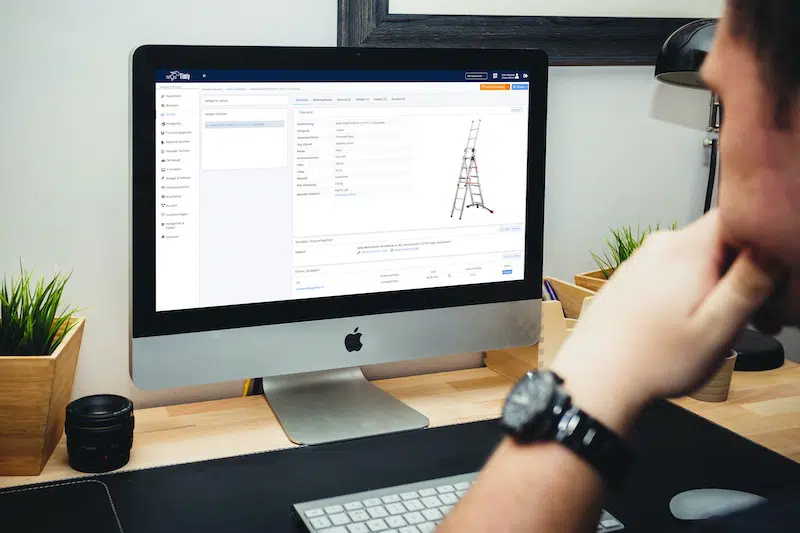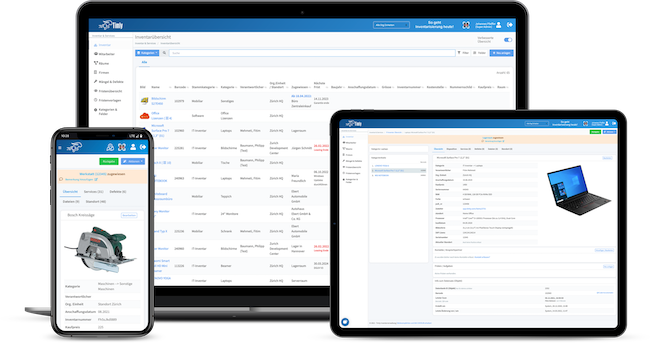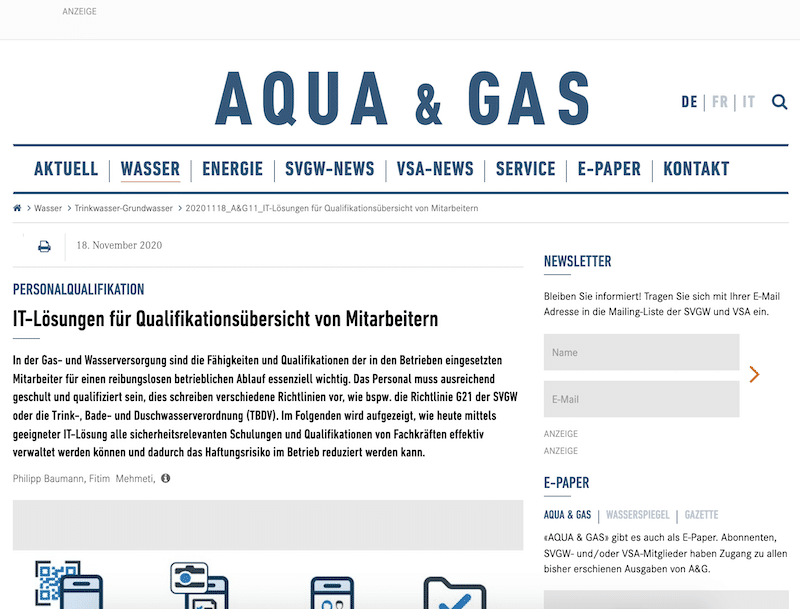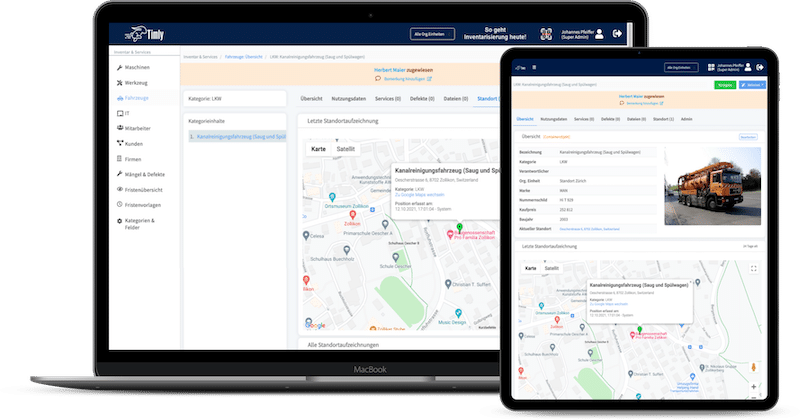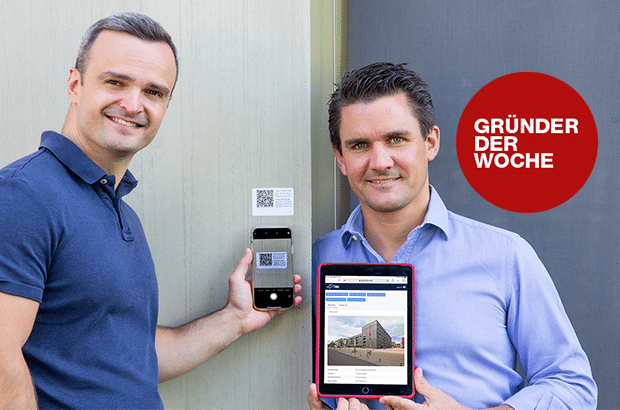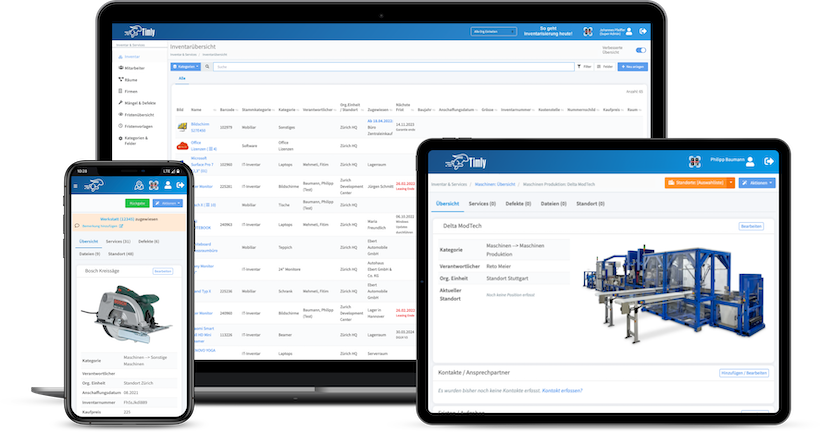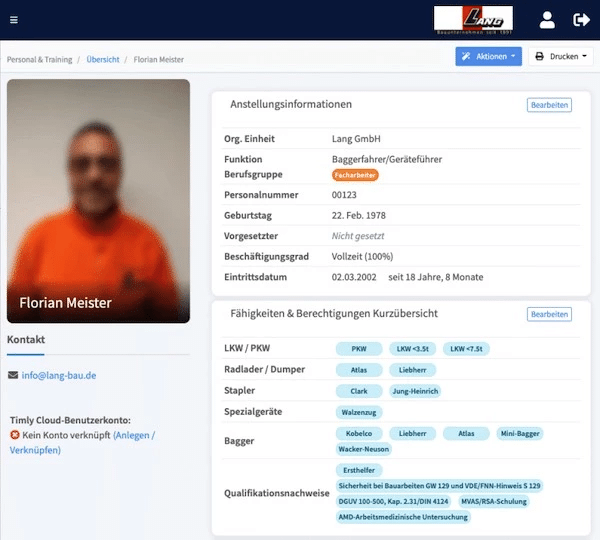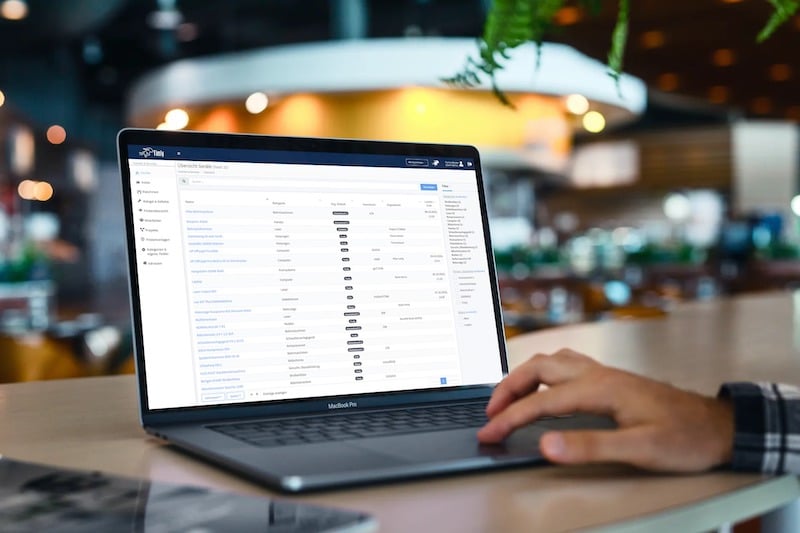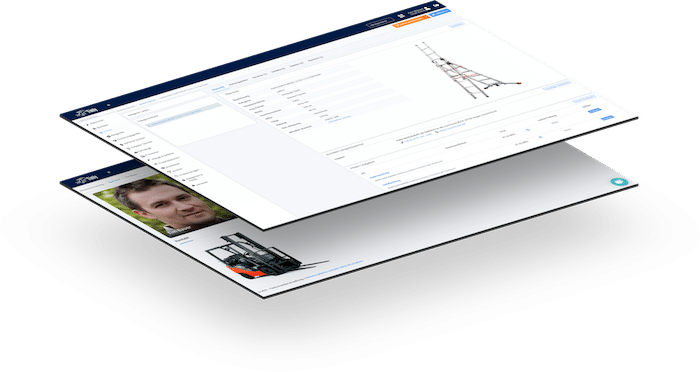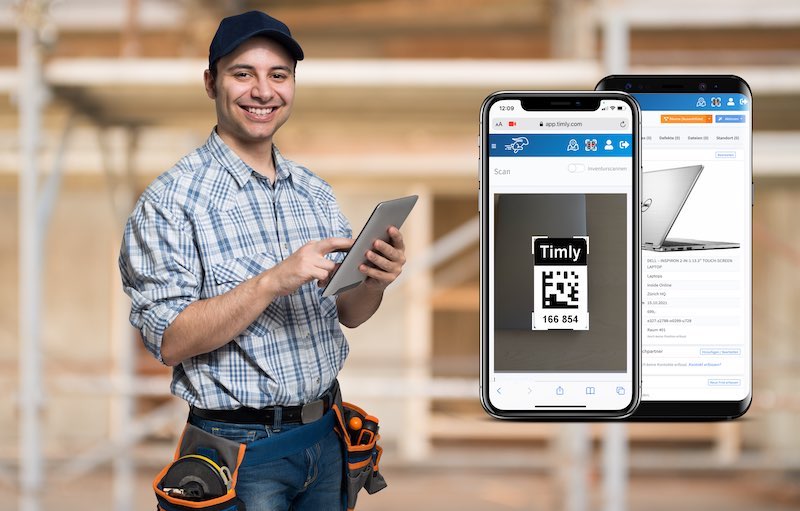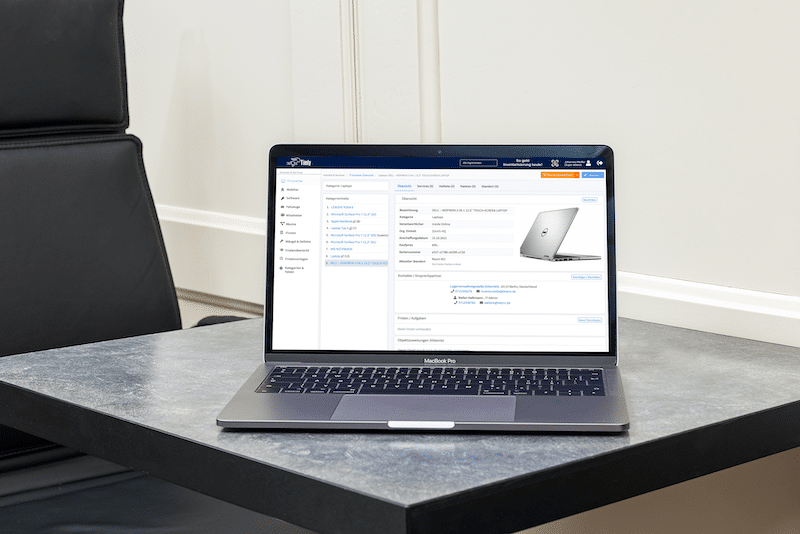Key Takeaways:
- Asset tracking software features are evolving rapidly, offering real-time tracking, barcode scanning, RFID capabilities, and more to streamline business operations.
- Staying updated with these features is crucial for maintaining asset visibility, optimizing utilization, and reducing the risk of loss or theft.
- Asset tracking tools play a vital role in product and material management by providing visibility, optimizing resource allocation, and improving overall operations.
Asset Tracking Software Features: Exploring 21st Century Tools
Asset tracking software features are evolving significantly in the 21st century, becoming a crucial aspect of efficient business operations. With features like real-time location tracking, barcode scanning, RFID capabilities, customizable assets, automated alerts, advanced reporting, and integration with other systems, such as enterprise resource planning system ERP and CMMS, organizations can streamline processes and ensure regulatory compliance.
As technology and the market continue to evolve rapidly, staying up-to-date with asset tracking features is essential for maintaining asset visibility, optimizing utilization, and reducing the risk of loss or theft. Real-time tracking allows organizations to monitor asset whereabouts, reducing the chances of misplacement or theft, while barcode and RFID scanners streamline asset identification and tracking.
Customizable categorization enables organizations to organize assets according to their specific needs and workflows. Automated alerts ensure timely notifications for asset maintenance scheduling or asset movement, minimizing disruptions. Advanced reporting and analytics provide valuable insights into asset performance, usage patterns, and maintenance history, enabling informed decision-making and enhancing operational efficiency.
Improving Business Processes With Modern Asset Tracking Solutions
By improving business processes with modern asset tracking solutions, organizations can streamline their operations, increase efficiency, and ensure that resources are properly allocated. Additionally, these solutions offer the opportunity to automate manual asset management tasks and understand asset management use cases, such as maintenance scheduling and compliance tracking, which enhances productivity and reduces the risk of errors.
Furthermore, centralizing asset information on a single platform allows organizations to access data anytime and anywhere, enabling them to monitor asset usage, performance, and lifecycle. This facilitates better strategic decision-making and planning.
In summary, asset-tracking software features play a vital role in enhancing operational efficiency, reducing costs, and improving overall performance. This is crucial for organizations aiming to remain competitive in today’s aggressive marketplace.
How Does Asset Tracking Software Optimize Store Operations?
Asset tracking software optimizes store operations by increasing efficiency in various ways:
- Managers can track and monitor stock levels accurately, reducing the risk of stockouts and overstocking by using real-time information to streamline inventory management processes, thus minimizing errors or discrepancies.
- Asset tracking software features also automate manual tasks linked with inventory management. Barcode scanning automatically updates information into the data entry system, saving time, reducing human error, and increasing operational efficiency and productivity.
- Features such as automated alerts and notifications inform operations when stocks are low, products are expiring or expired, or maintenance is required. Proactive alerts help store managers take swift actions to replenish inventory or schedule maintenance, ensuring smooth store operations without disruptions.
Here are a few case studies of businesses that have adopted asset tracking software features:
Amazon:
Amazon has transformed its inventory tracking and organization using asset-tracking software features. They abandoned the old method of prioritizing organized inventory placement and adopted a system called random stow, leveraging handheld devices to focus on order picking.
Asset tags are used to locate assets, enabling effective retrieval. While the conventional method prioritizes meticulous inventory organization, Amazon emphasizes speed of delivery, ensuring great customer satisfaction and efficient, on-time order delivery.
Lufthansa:
Lufthansa implemented comprehensive asset tracking software across its support operations, allowing ground support staff to monitor equipment status effectively using software features on their smartphones. This eliminated the need for additional handheld devices, providing a flexible asset-tracking system.
Using barcode, RFID, and NFC tagging, Lufthansa achieved enhanced efficiency. They gradually implemented the system, starting with Hamburg, then Munich, and finally, Frankfurt, proving their ability to scale and adapt to the latest software strategies and features.
Over 500 Companies, Schools and Cities Rely on Timly
(No credit card required)
The Role of Technology in Asset Tracking: A 2024 Perspective
Moreover, the future seems to provide many expected and unexpected trends that will transform the way asset tracking is utilized. For instance, by integrating the Internet of Things (IoT) with the organization’s current software, they will be able to have a seamless connection between tracking their assets and allowing for more in-depth monitoring and data collection. Additionally, the introduction of machine learning and predictive analytics, it is bound to drastically change the way asset management is strategized. Hence, organizations can expect more automated and proactive approaches to manage and track assets while reducing future risks of downtime.
Another future and upcoming adoption to look out for is blockchain technology. This is also a promising frontier because it provides security and transparency for asset tracking. Thus, organizations can have better insights into the asset’s transactions and ownership.
Overall, as organizations continue to adopt the latest technology, it will revolutionize the way asset tracking is conducted and drive innovation, providing efficiency and an edge in the modern landscape.

Why Are Asset Tracking Tools Crucial for Product and Material Management?
Additionally, by using asset tracking systems, organizations can incorporate cost-saving methods, reducing product waste and holding costs. With accurate monitoring of asset inventory levels and usage, organizations can avoid overstocking and stockouts. Furthermore, asset tracking features can ensure effective asset utilization, maximizing asset lifespan while reducing the risk of unnecessary purchases or replacements.
In summary, asset tracking tools are highly essential to streamlining product and material management processes. They provide visibility into asset management while optimizing asset utilization. Integration with inventory management optimizes the product lifecycle and reduces costs, helping organizations improve overall operations and focus on profitability.
Exploring Asset Tracking Software Capabilities for Inventory Control and Replenishment
Additionally, asset tracking software comes with automated functionalities to help reorder stocks, providing organizations with a platform to avoid stockouts and maintain sufficient inventory levels. The feature can also automatically provide alerts or purchase items when it detects that inventory levels are dropping below a desired threshold, ensuring timely replenishment of goods and preventing unwanted disruptions.
The Timly asset tracking software in use at SodaStream
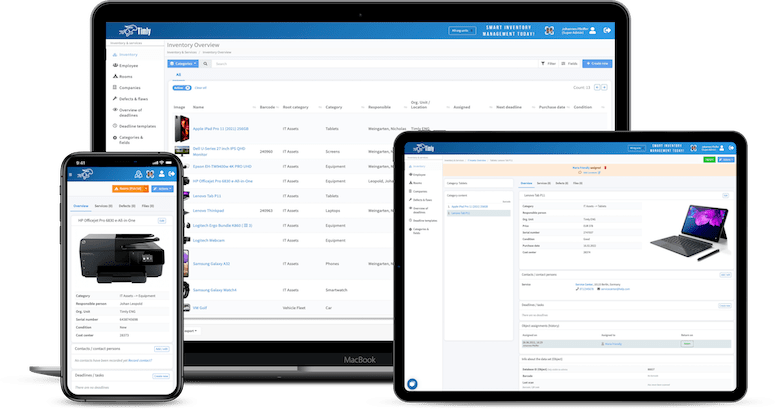
Everything Under Control With One Solution – The Intuitive Asset Tracking Software
(No credit card required)
Questions on Asset Tracking Systems: Addressing Core Concerns
Addressing core concerns is crucial when considering asset tracking systems because it requires an understanding of the basic functions and specifications of the system. These include real-time tracking, inventory management, reporting capabilities, and the ability to integrate with other software platforms.
Additionally, organizations need to identify the different types of asset-tracking software available in the market. Organizations vary in size and requirements, so some may need a tailored tracking solution for small businesses with basic tracking capabilities, while larger organizations may require a more robust set of features to meet their complex asset management needs. Understanding the usage and scalability of each software helps organizations make better choices when selecting the best asset-tracking software solutions for their operations.
By addressing the main concerns associated with asset tracking systems, organizations can determine the right solution that suits their business requirements and needs. This enhances their operational effectiveness by increasing efficiency, accuracy, and transparency in asset management procedures.
What Sets Apart Asset Tracking Software From Inventory Management Systems?
Though asset tracking and inventory management systems have clear purposes for managing asset inventory, they serve different purposes. Both systems track and monitor items but have distinct functionalities and applications.
For instance, asset tracking software focuses on monitoring and managing assets throughout their lifecycle. It generates and provides information about each asset, including its location, status, maintenance history, and other relevant details tied to its lifecycle. Asset tracking software is typically used for critical assets such as vehicles or IT hardware.
In contrast, inventory management systems provide an overview of the level and movement of assets within the organization. They focus on optimizing inventory levels, streamlining procurement, and ensuring stocks are regularly replenished. This is crucial for tracking larger order quantities such as produced goods, raw materials, or supplies.
When considering whether to choose asset tracking software or an inventory management system, it is essential to clearly define the organization’s objectives. If the goal is to track assets and manage asset management lifecycle phases from acquisition to end-of-life, asset tracking software is advisable. However, if the focus is on managing inventory levels, purchasing items, and replenishing stocks when levels are low, then inventory management software is the better choice.
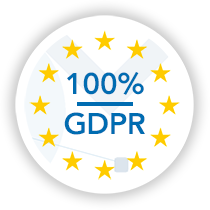


Get Started Now – With Digital Asset Tracking Software!
(No credit card required)
Frequently Asked Questions About Asset Tracking Software Features
What Is the Most Essential Feature in Asset Tracking Software?
How Can Asset Tracking Software Transform Business Operations?
The Inventory Software for Your Success
A wide range of intelligent functions allows you to easily manage your entire company inventory. Try Timly asset tracking software now for free and see how easy it is to save time and resources.
Manage All Assets
Whether IT resources, tools, machines, vehicle fleet, furniture or contracts: everything in Timly.
Mobile Available Everywhere
Localise your assets with the integrated barcode scanner for smartphones & tablets.
Clever Assignment
Easily assign assets to people, projects, rooms, locations or external service providers.
Digital File Management
Digitally store important information, files, documents, audit trails & contacts for your assets.
GPS Recording
Save the exact GPS location of your assets with one scan. All GPS data historically verifiable.
Maintenance Management
Recommended for You:






